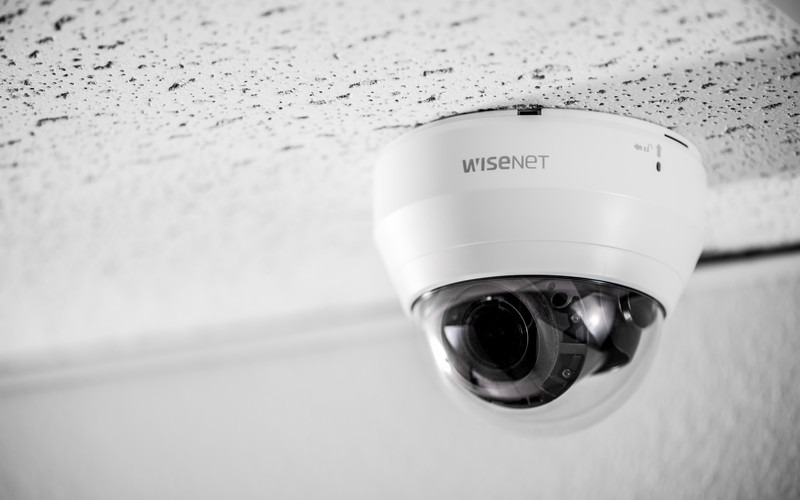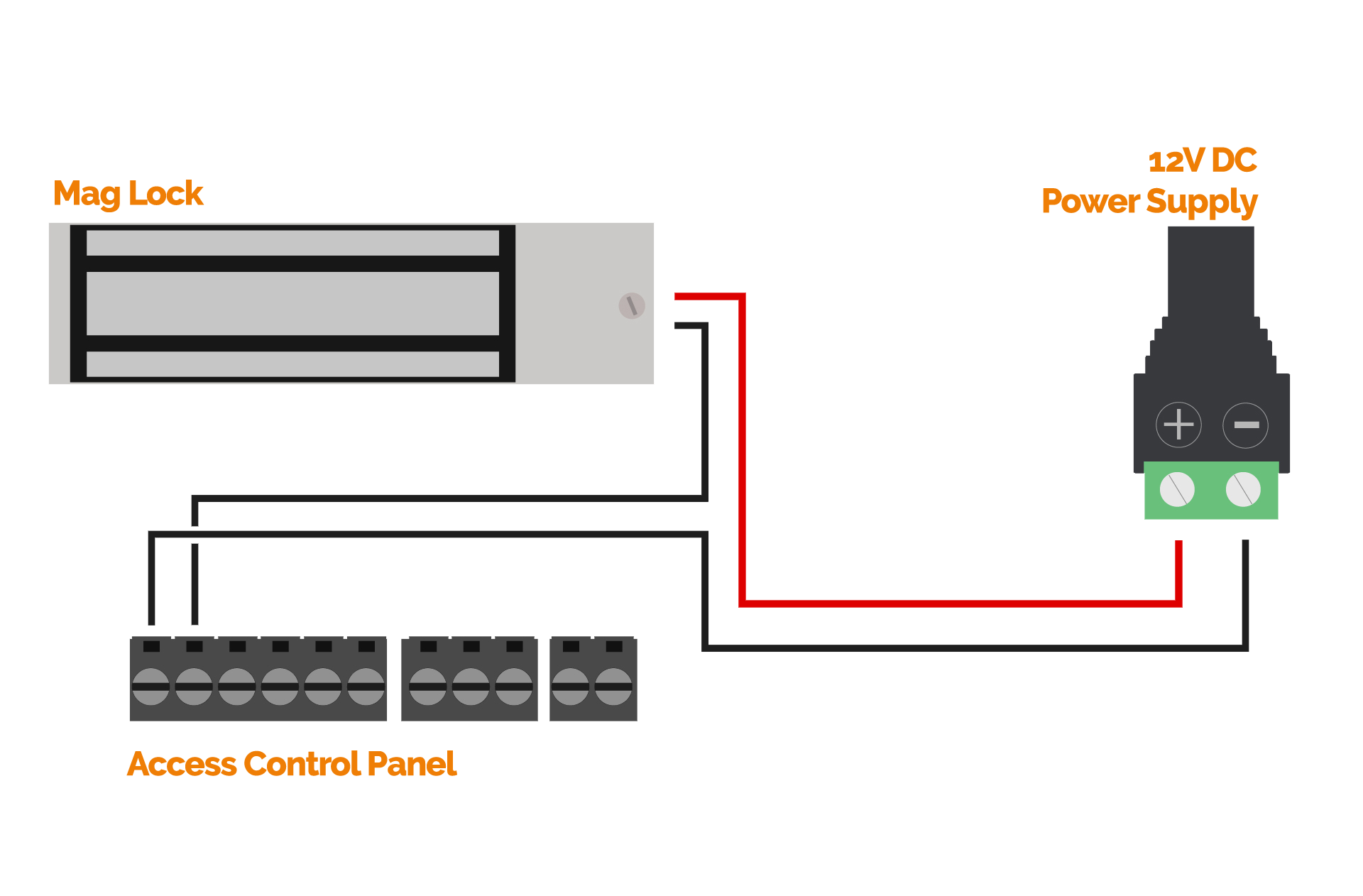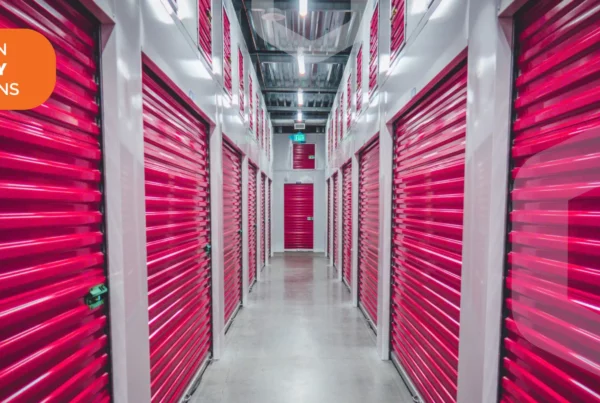Maglock Installation: How to Install and Unlock a Magnetic Door Lock
You might want to check into other magnetic and electric lock alternatives if you’re searching for a more contemporary method of door security than a typical deadbolt or lock and key system. They are available in a range of forms and dimensions, each tailored for a certain usage scenario and door configuration. In this post, we’ll examine the magnetic lock technology, provide installation advice, and provide usage instructions.
For contemporary companies looking for a modern solution to safeguard their doors, magnetic door locks, often known as maglocks, are fantastic choices. Building entrances are secured with an electromagnetic lock, which is normally located on the top of the door. Installing a magnetic door will help you keep your business safe and can also safeguard anyone inside the building in an emergency since the door will unlock if the power goes out.
We’ll cover both how to put a magnetic door lock on your doors and how to unlock one so you can utilize it with your access control system in this article.
Commercial security cameras for business
- Business security cameras with enhanced coverage and IR that improve situational awareness
- Video analytics with AI to find incidents
- Hours of video are easily sorted through by Video Search to locate a suspicious person or vehicle.
- Integrates with third-party ONVIF® compliant platforms

How a Magnetic Lock Works

This section will examine the technology underlying magnetic locks and walk readers through the installation process.
The “Moving Parts” of a Magnetic Lock
A mounting mechanism and some cables make up the two major components of magnetic locks, or maglocks. The two components are mounted on the door and frame with their magnetic sides facing one another. In the event that your door frame or door does not permit direct attachment, the mounting plate can be mounted. The cables are then routed along or through the walls to a specialized power source and linked to the lock to deliver electricity to power the magnet.
Fail-Safe Mechanism
Maglocks work using a fail-safe system. To keep the door secured, the two pieces of the lock—one bolted onto the wall and the other onto the door—are glued together when the lock receives electricity. Power is cut when the lock is activated, and the door unlocks as a result.
Because it’s more probable that the power would be out in an emergency, fail-safe locks are appropriate for emergency routes. You should be able to open the door in those circumstances. For this reason, a lot of companies decide to install magnetic locks on their front doors.
How to Install Magnetic Locks
You must drill holes in the wall and the door to screw in the magnetic lock, and you must run wires through the wall to link it to a constant power supply.
We have a useful video of a traditional maglock installation here if you need more detailed installation instructions. As an excellent all-purpose lock, we often suggest the Schlage 400 series maglock. You can find thorough installation instructions for all configurations on this page. They all generally proceed in the same way: Holes are drilled, brackets to hold the locks are mounted, wires are run, the device is powered up, and then it is tested.
How to Test It
A critical step in every installation procedure is testing the lock. You can’t fully consider the lock installed until you’ve tested it out and made sure that it unlocks correctly, whether you’re bold enough to do it yourself or you hire an installer to come by and set it up for you.
This may be done in a rather simple manner. The power must be connected before you can test the lock’s unlocking capabilities with the access system you are using. When the lock is powered, it should firmly close the door, and when the power is turned off, it should unlock.
Things to Look for
There are a few factors that you should be on the lookout for in this sort of installation, beyond just proper functioning. The first of these is fire compliance: Different cities and building types have different fire codes, and you may be required to install a sort of motion sensor or contact sensor or request-to-exit button.
You could wish to install a manual override key in your door on the subject of emergency scenarios. There are a few things you should be aware of with this type of installation despite the faBeyond only correct operation. The first of these is fire compliance: Fire regulations differ by city and kind of building, so you could be required to install a motion sensor, contact sensor, or request-to-exit button. Despite the fact that this lock is fail-safe, allowing you to leave even if the power goes out, there might still be an internal issue that stops it from opening at a key moment.
Having a backup key might be helpful in this situation. This is something you should discuss with your installer or integrator.
How is a magnetic lock unlocked using an access control system?

We’ll give a brief summary of how these magnetic locks interact with contemporary IP-based access control in this section.
Wiring Magnetic Lock
The access controller must be linked to magnetic locks in the same manner as electric locks must be powered in order for them to know when to open. Because of their fail-safe design, these locks lose their ability to unlock when they are activated. So, when the access control readers give an impulse to the lock, the door will open and the power will be switched off briefly (the duration may be specified).
The wiring schematic for how our readers and controllers are connected to a magnetic lock is shown above. Both the controller’s power supply and the lock’s power supply are independent. The lock and lock power supply are both linked to the controller so that it may turn off the power when it determines that the door should be left unlocked.
Unlocking Magnetic Locks
The mode of access you pick will have an impact on unlocking, just like it would on wiring and the majority of other aspects of these locks. Unlocking your door will be as easy as touching your phone (or a keycard) to the reader next to your door if the wiring is set up correctly and you’re using a contemporary IP-based access control system like CDVI Access Control Systems.
The controller, the brains of the system, will then receive a Bluetooth or WiFi signal from the reader. By authenticating the signal, it will determine whether the user has access at that particular moment. In such case, to open the door, the controller will send an impulse via the wire to the lock’s power supply and briefly turn it off.
Conclusion
Each office should have magnetic locks as its primary means of entry and exit since they are trustworthy and functional. They may be combined with contemporary access control for a seamless unlocking experience, and they include a fail-safe mechanism making them perfect for emergency circumstances when the power goes out.






